Bucharest is home to a variety of birds - pigeons, sparrows, crows, seagulls, blackbirds, song thrushes or cuckoos are the most common winged inhabitants that can be seen in parks and residential areas, but the diversity of bird species cradled by the city is far wider, standing at over 200.
According to biologist Dani Dragan, a member of the Romanian Ornithological Society, the methodical monitoring of the situation of Bucharest's bird species began in 2016. Also around that time, the number of observers began to increase, contributing to the creation of a database. There are no changes as regards the sedentary species, however, as far as migratory birds are concerned, an interesting newcomer or never seen before species appears in the city every year, Dani Dragan says.
"Both species of cormorant - the great cormorant, and the little cormorant - are present in Bucharest. There are common terns, white-winged terns, all kinds of ducks. Even geese appear in winter, mostly in transit. They sleep on the lakes near the city. As for raptors, we can mention the falcon, the red kite, which is present all the year round in the city, the Eurasian hobby - a nesting species that appears during the breeding season. But accipiters can also be seen: the sparrowhawk, the Levant sparrowhawk or even the goshawk," the representative of the Romanian Ornithological Society explains.
The nocturnal species include the classic owls and long-eared owls. During the spring or summer nights, some Bucharesters can hear a constant, "very strange" beeping, without knowing that this is the cry of the scops owl.
The Vacaresti Park hosts the greatest diversity of bird species, providing a lush, open and diverse habitat: wetland, reeds, trees, bushes. Other areas richly populated by various birds are Tineretului Park and Lacul Morii (the Mill Lake).
More than 180 species of birds have been spotted so far in the Vacaresti Park, a number "far from insignificant", considering that it stands at approximately half of the number of species that can be encountered in the Danube Delta, says biologist Eugenia Petrescu, representative of the Vacaresti Natural Park Administration.
According to Petrescu, the park hosts a large variety of cormorants, alongside ducks: the common pochard, the garganey, the mallard, the common teal, the mottled duck, but also the gray heron, the red heron, the night heron and the little bittern.
The egrets (large and small) are more elusive, but they too can be observed by those who wait patiently. Eugenia Petrescu recommends visitors to bring binoculars to be able to watch them from a distance, so as not to stress them out. Using the camera flash is also not recommended because it scares the birds.
The red-backed shrike, "a very funny bird" displaying a more accentuated sexual dimorphism, is another inhabitant of the Vacaresti Park. It can be recognized by the black stripe on its head, which gives it the appearance of a pirate. There is also the penduline tit, which deserves to be mentioned because it is practically the bird that crafts the most beautiful nest using small pieces of willow and fuzz-covered willow fruits. It builds this beautiful and fluffy nest and hangs it from a willow branch. This is the reason why it is also called the purse-building tit, Petrescu explains.
There is no shortage of predatory species either, such as the western marsh harrier or the common kestrel, which swoop towards a fixed point after spotting their prey and pouncing on it. Also to be seen are woodpeckers, seagulls, common coots, common moorhens, swans, grebes, as well as cuckoos.
"As long as there is a great bird diversity in the city, it means that their life quality is better. (...) We must offer them nesting and feeding structures, that is, we should coexist. Upon planning to develop a city, we should take this into account, because both us and nature then stand to gain," advises Dani Dragan. AGERPRES

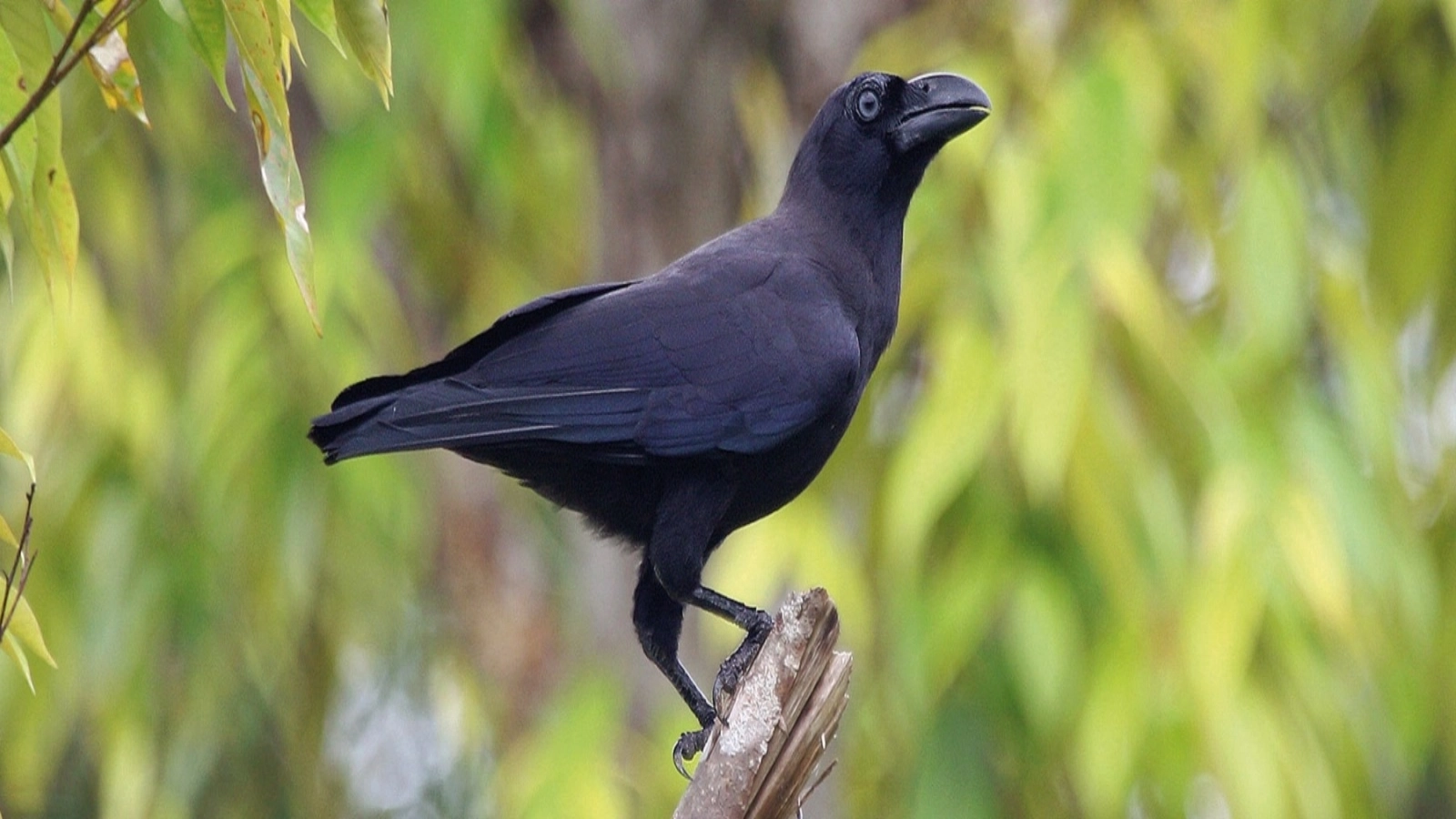







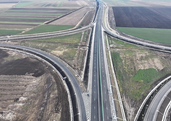
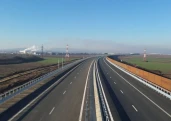
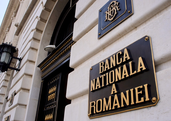
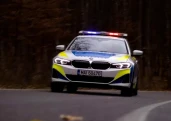










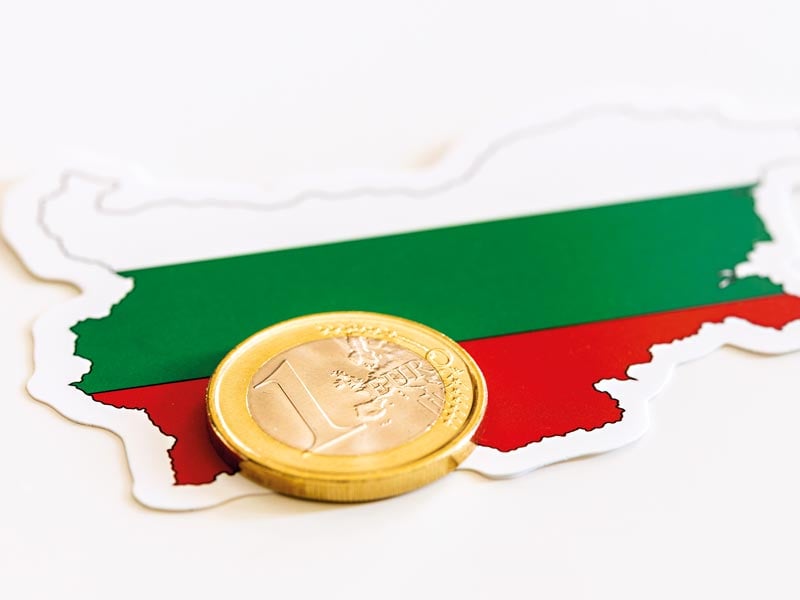








Comentează